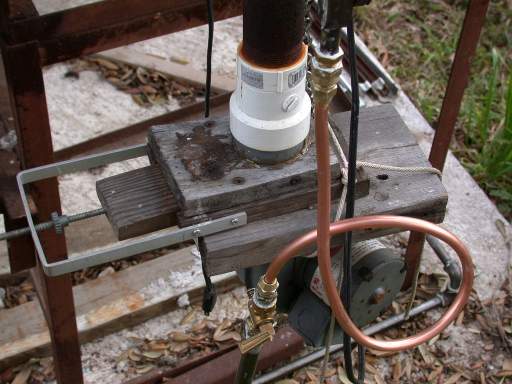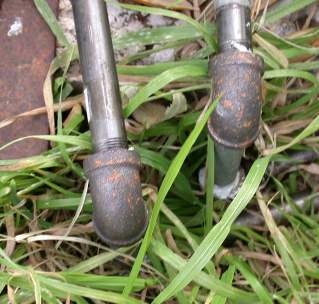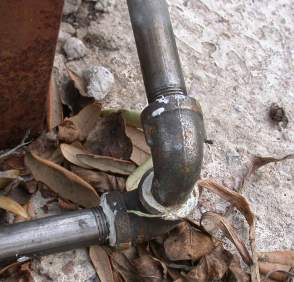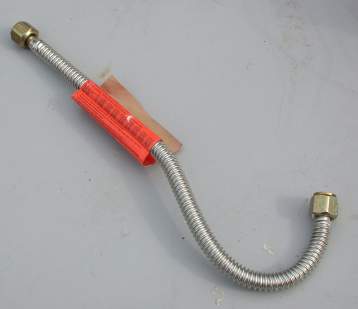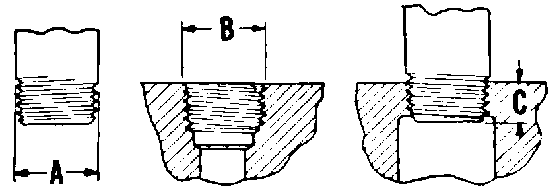|
Plumbing for the glass worker primarily involves gas, air, and compressed air, with only a bit of water if really needed. The primary materials for piping these fluids are PVC - a white rigid plastic, copper tubing, and threaded steel pipe, commonly called "black iron pipe." While water can use PVC pipe to great convenience, gas, being flammable, has considerable restrictions against it and compressed air should use the metal connections as PVC has proven dangerous in the higher and changing pressure environments - with reports in woodworking magazines of broken PVC traveling like a rocket across the room to splinter on the other side. Large PVC is commonly used for blower air distribution to burners where the pressure is only a few pounds. The same problems in a fire with gas in plastic occur with gas in metal with soldered joints, thus flared or threaded joints in copper tubing and iron pipe will constitute most connections in a glassblowing studio. For design of plumbing systems as to size of pipe and reductions on branching, see pressure There are two sets of metal fittings that concern the glassblower, those for soft copper tubing and those for black iron pipe. With these two the whole shop can be plumbed, although rigid copper sweat soldered and plastic PVC pipe glued up are options for water. Soft copper tubing can be connected several ways, but flared fittings are appropriate and legal for gas, air, and water. Gas fittings must not be soldered and compression fittings are less common especially for larger tubing used to carry the main gas flow. Shown below are two connectors and the flare nut used to fasten the tubing to the fittings. The right hand image shows a fitting to connect soft copper to pipe threads. The advantage of copper tubing is that it can be formed to make long runs without extra fittings, being bent around corners. The chief downside is that it is soft and can be damaged after installation if stepped on or hit.
|
||||||
|
|
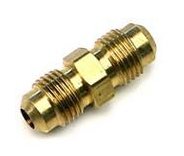

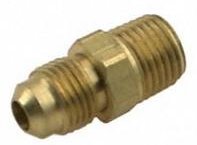
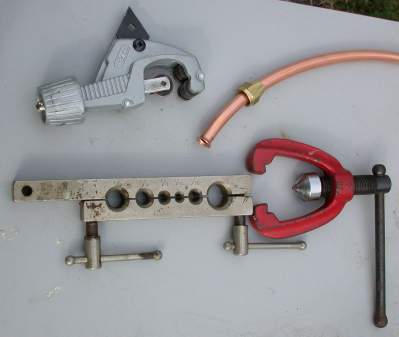

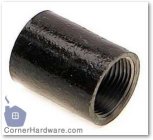
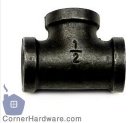
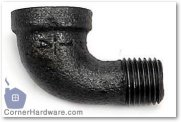

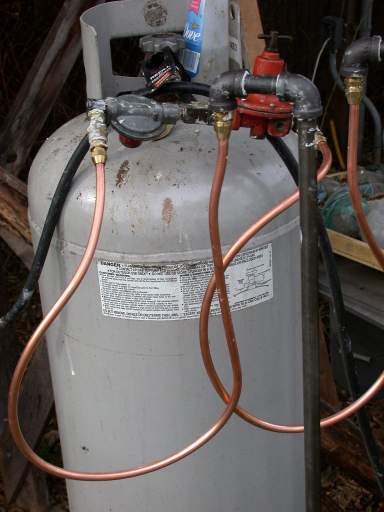 Note that 3/8"
Note that 3/8" 
